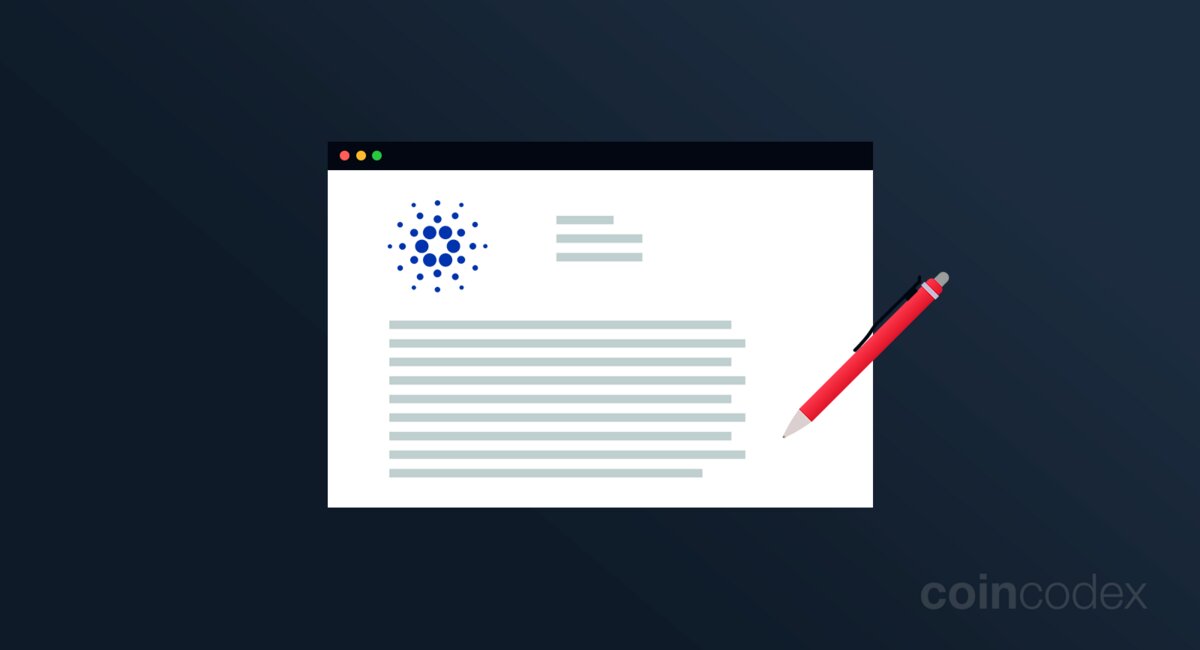Join the most important conversation in crypto and Web3 taking place in Austin, Texas, April 26-28.Secure Your Seat Facebook icon
Linkedin icon
Twitter icon
Kevin Mehrabi
Kevin Mehrabi is the CEO of Wealthchain and founder of StableTech.
Follow @@KMehrabi on Twitter
Join the most important conversation in crypto and Web3 taking place in Austin, Texas, April 26-28.Secure Your Seat Financial institutions are starting to realize they should have been embracing decentralized finance (DeFi) all along.By the end of 2023 the largest DeFi ecosystems will be the most demonstrably decentralized ones.
Although decentralization is the bedrock on which all blockchain technologies are built, it is hardly a guarantee across crypto.
The recent boom-bust market cycle was marked by the rise of two competing approaches among crypto finance ventures: censorship-resistance versus speed.
Kevin Mehrabi is the CEO of Wealthchain.
This article is part of Crypto 2023 .
In recent years, the few financial institutions brave enough to enter crypto have generally preferred centralized entities to invest in.These are firms that offered the veneer of transparency and were run by people with reputations to lose.
In 2023, after the disastrous reckoning across the crypto industry, we will finally see their massive shift of institutional interest towards genuinely trustless protocols.
The decentralization-first crowd begins their platforms on a smart-contract level – deploying permissionless applications onto a blockchain.Although protocols like Compound, Aave and Uniswap have development entities, they are protocols first and foremost.
They eschew custodial wallets and off-chain collateral, ensuring that the flow of funds is observable on a public block record.
See also: Adoption of DeFi, ZK Tech, NFTs and More Will Continue to Increase in 2023
Decentralization advocates view centralized ventures as everything wrong with traditional finance.Of course, layering centralization across blockchains would lead to the same problems that inspired Satoshi Nakamoto to build Bitcoin.DeFi in its truest sense is the completion of this decentralization-first purist approach.
Centralization-first industrialists have historically paid lip service to crypto’s main tenets of openness, verifiability and irreversibility all while saying central intermediaries would have to come into play at some point.They dismissed the decentralization-first approach as unsustainable idealism from tone-deaf techie folk.And, truth enough, FTX, Celsius Network, Nexo, BlockFi and Voyager Digital did scale rapidly.But greater speed and more feature capability comes with risks.
The events of 2022 demonstrated that centralization-first approaches to crypto finance present the greater risk.Indeed, the unmonitored control of off-chain capital by FTX and Celsius enabled the misdeeds and bad trades that led to their catastrophic collapse.Meanwhile, the transparency and security of the decentralization-first set including Aave, Compound, Sushi and dYdX have left those DeFi platforms virtually unscathed.
In fact, Uniswap recently surpassed Coinbase in trading volume for the first time to become the world’s second-largest exchange.
Critics will point to historical DeFi hacks as evidence that DeFi is not as secure as decentralization-first purists would describe.However, those exploits are not indicative of the whole.Rather, many exploits this year were due to the rush of untested platforms released into the wild, and security auditors being overwhelmed by demand that outpaced their ability to maintain quality.When built, reviewed and governed properly, DeFi platforms can be as secure as the blockchains on which they were deployed.
Governance maximalism Likewise, the degree of decentralization among the underlying blockchains themselves will become a subject of increasing importance to DeFi in 2023.Poorly decentralized blockchain governance can and has led to contentious hard forks in which the blockchain community, network and most importantly every digital asset issued on that chain suffer a “split.”
Without decentralized governance, dissent can only lead to division.
The outcomes of these events are unpredictable: Each respective faction claims to be the authentic continuance of the previously united chain.One faction could rally the network and become dominant – but that dominance can change over time .The uncertainty itself is the problem.
Asset-split risk is an underdiscussed problem for DeFi – with potentially calamitous repercussions.Ethereum saw a contentious chain split after its recent hard fork (the Merge), for which JPMorgan expressed concerns a rival proof-of-work-run Ethereum could cause market confusion and split the network.That didn’t happen this time, but that’s because nearly everyone building on Ethereum supported an upgrade to proof-of-stake – not every decision will be as black and white going forward.
See also: Where Is the Ethereum Virtual Machine Headed in 2023? (Hint: Beyond Ethereum)
Imagine if Tether’s USDT reserves suddenly had to collateralize assets for not just one set of tokens on Ethereum but two after a contentious chain split.For financial institutions evaluating the prospect of tokenizing trillions of dollars in capital and quadrillions of dollars in derivatives, even a low prospect for asset-splitting becomes untenable.
So, how will financial institutions embrace DeFi while minimizing asset-split risk? The simple solution is through diversification to many different DeFi ecosystems.“The future is multi-chain,” after all.
An additional safeguard is to engage with DeFi ecosystems on blockchains that are the least likely to suffer asset splits – that is, blockchains with the most decentralized forms of governance.
How can blockchain protocol governance be decentralized? Blockchains such as Algorand enable validators to vote on upgrade proposals.Tezos, a network I have a stake in seeing succeed, put as many governance decisions on-chain.
Thus far, Tezos has had 12 successful upgrades since its 2018 launch, with all contentions resolved on-chain.
As financial institutions increasingly engage DeFi over the course of 2023, the scope of standards for decentralization will extend to governance at all levels.It would behoove DeFi platforms and the blockchain communities on which they are built to take heed..
